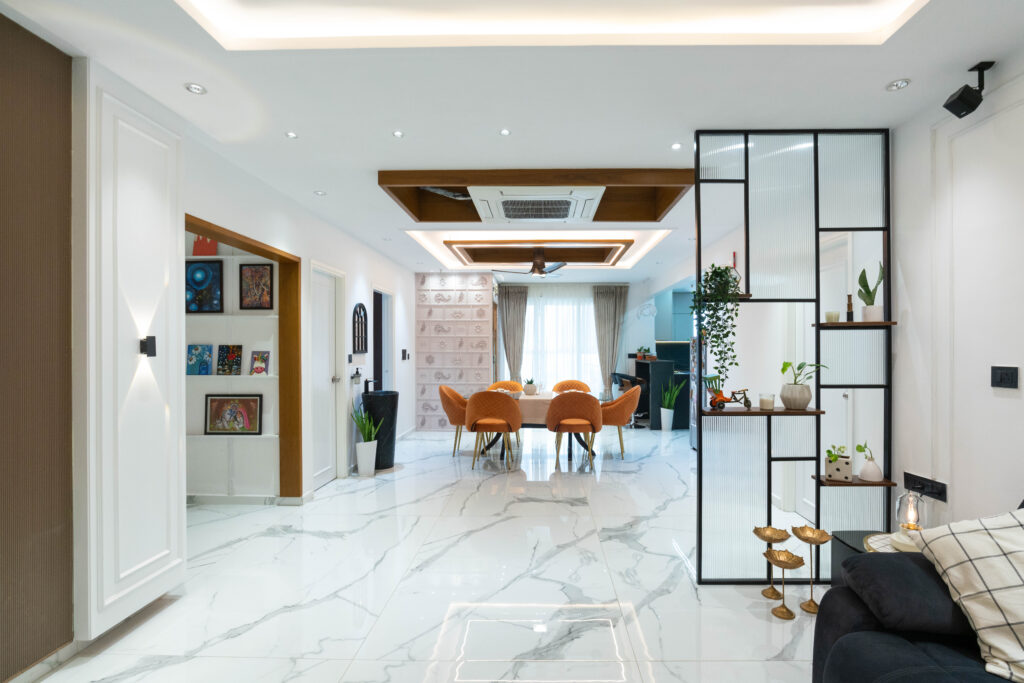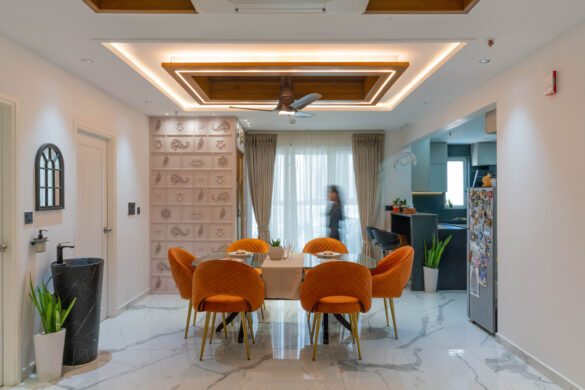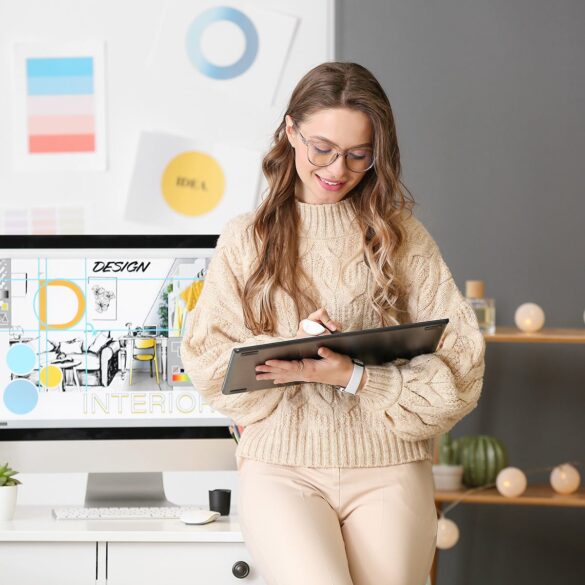Color and texture are the unsung heroes of interior design. They possess the power to evoke emotions, create ambiance, and transform a space from ordinary to extraordinary. Let’s delve into the fascinating world of color psychology and texture, and uncover how these elements can significantly impact your well-being.
Color is among the most significant and beneficial aspects of interior design. The choice of colors plays a significant role in determining the success or failure of an aesthetically pleasing interior. Correct use of color may blend intact furnishings and concludes to create an appealing and enticing look.
Color contributes to a key part in defining the mood of a room, so the designer should allow the visual design concept, as well as consideration of the shape and proportions of a room, to guide and inform the selection of colors in order to achieve the desired result.

Understanding Color Psychology
Colors are more than just visual stimuli; they evoke deep-seated emotional responses.
Warm Colors: Red, orange, and yellow are associated with energy, passion, and excitement. They can stimulate appetite and create a warm, inviting atmosphere.
Cool Colors: Blue, green, and purple are often linked to calmness, serenity, and relaxation. These hues are ideal for bedrooms, bathrooms, or any space where tranquility is desired.
Neutral Colors: White, black, gray, and beige provide a versatile backdrop and can balance bolder colors. They create a sense of sophistication and timelessness.
Also Read: Designing Kitchens For Indian Household?
The Power of Texture
Texture adds depth, dimension, and visual interest to a space. It stimulates our sense of touch and contributes to the overall atmosphere.
Rough Textures: Materials like stone, wood, and burlap can create a grounded, earthy feel. They are perfect for adding warmth and character to a room.
Smooth Textures: Satin, silk, and glass offer a sense of luxury and elegance. They can create a sophisticated and refined ambiance.
Textured Fabrics: Upholstery, curtains, and rugs with varying textures can add visual interest and tactile appeal.

Combining Color and Texture for Maximum Impact
The magic happens when color and texture are harmoniously combined.
Color and Texture Harmony: For a cohesive look, choose colors and textures that complement each other. For example, pair a soft blue wall with a plush velvet sofa.
Creating Contrast: Deliberately contrasting colors and textures can add drama and visual interest. A bold red accent wall with a shaggy rug can create a striking focal point.
Considering the Room’s Purpose: The choice of colors and textures should align with the room’s function. For instance, a vibrant kitchen might benefit from bold colors and energetic textures, while a serene bedroom would call for calming hues and soft fabrics.
By understanding the psychology of color and the impact of texture, you can create spaces that not only look beautiful but also promote well-being and evoke desired emotions. Experiment with different combinations to discover the perfect atmosphere for your home or office.
Color trends in interior design
Interior design trends evolve in adaptation to cultural, technological, and societal changes, determining how spaces are designed and experienced. Cultural influences such as globalization and historical restorations create new styles, while innovations in technology such as smart homes and sustainable design influence contemporary interiors. Multi-purpose and health-focused environments are in high demand due to changing trends such as remote work and wellness.
Budgetary constraints influence design trends, resulting in either cost-effective DIY methods or elegant, premium designs. Digital platforms and influential individuals play an important role in propagating styles, while environmental awareness drives eco-friendly.
To develop both practical and visually appealing interiors, designers must adapt to changing trends while also reconciling the desires of customers with eternal design principles. The design process involves greater flexibility and the ability to combine current trends with timeless elements.

Creating a Cohesive Color Palette
To come up with an appealing shade of color for a given area, begin exploring the theory of color, using a color that is neutral base, and adhering to the 60-30-10 rule for balance. Look at how the space will function and how lighting influences color perception.
Use color science to elicit planned outcomes, and add depth with combinations of patterns and textures. Monochromatic design plans can help to create an overall aesthetic, but color circulation between rooms is essential. Always examine colors prior to making the ultimate choice to make sure they look good in the space.
When picking shades for a room, keep in mind that lighting and furniture have an essential effect as to how colors look and perceive. To guarantee that the colors work throughout the day, examine your colors under various lighting scenarios, including natural and artificial light.
Light Fixtures: The intensity of the color associated with the bulbs (warm or cool) can affect the look of your chosen colors.
Color Harmony: To achieve a consistent look, furniture ought to match wall colors.
Material and Texture: Colors connect to various materials and textures, influencing the overall atmosphere of the room.
In short, meticulously combining shades and textures in interior design is more than just something visual; it is a potent means to improve the ambiance and feel of a space. Understanding the psychology of color and the aural impact of textures allows you to create environments that not only captivate the eye, but also stimulate comfort, vitality, and balance. As trends shift and new innovations emerge, combining these aspects with eternal principles of design will enable you to design spaces that are both appealing and persistent. Whether designing a home or an office, the careful choice of colors, textures, and their interplay will elevate ordinary spaces to extraordinary experiences.



